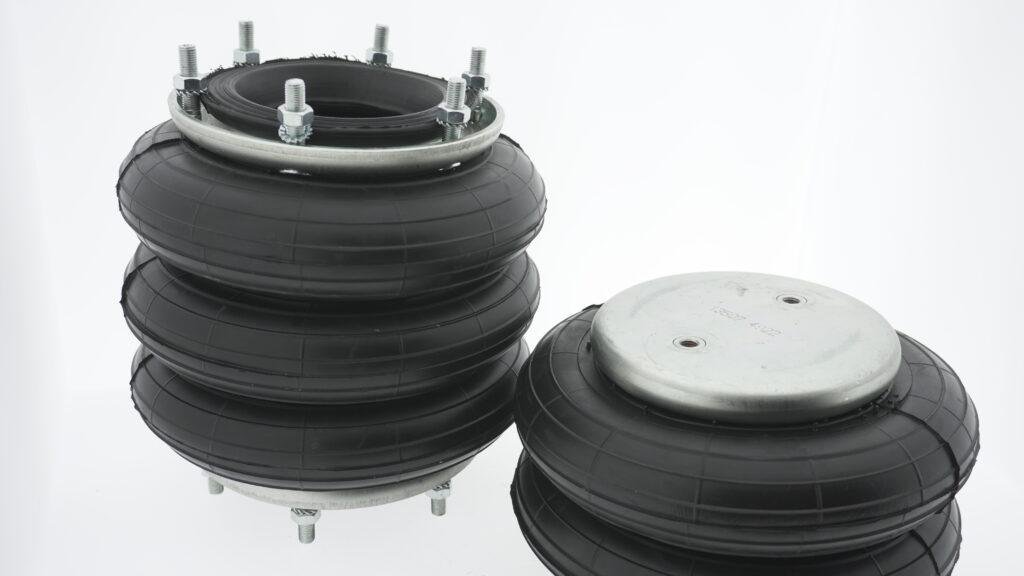
Graphene air bellows represent a major innovation in the development of high-performance, sustainable industrial components. Graphene air bellows combine extremely high tensile strength with low weight, making them ideal for vibration isolation. Additionally, graphene improves the durability and chemical resistance of air bellows under extreme conditions. Consequently, manufacturers benefit from longer component life, lower maintenance costs, and improved energy efficiency. Graphene’s properties also enhance heat resistance, allowing stable performance in challenging environments. Moreover, lightweight constructions enabled by graphene reduce system energy consumption and transportation emissions. As a result, industries achieve both operational savings and environmental benefits. In the same way, reduced material degradation contributes to less frequent part replacements and lower resource use. Therefore, graphene air bellows are rapidly becoming a key technology in advanced industrial applications.
Mechanical advantages of graphene-reinforced elastomers
One major advantage of graphene-reinforced elastomers is the significant increase in tensile strength and elasticity. With only small amounts of graphene, rubber compounds become much more resistant to fatigue and dynamic loads. Consequently, air bellows manufactured with graphene can withstand more pressure cycles without deformation. Moreover, these materials distribute stress more evenly, preventing localized failures. This means longer operating times between maintenance cycles and less unexpected downtime for industries. In addition, compact and lighter designs become possible without sacrificing performance. Manufacturers can now create air springs that last longer and deliver more consistent vibration isolation under heavy-duty conditions. Therefore, graphene-reinforced elastomers open the door to stronger, more reliable industrial systems.
Improving chemical and thermal durability
Graphene-enhanced materials also offer outstanding protection against chemical attacks and thermal degradation. Industrial air bellows often encounter aggressive substances like oils, fuels, and corrosive gases. Graphene’s natural stability prevents these substances from penetrating and weakening the rubber structure. Furthermore, improved thermal conductivity helps manage internal heat, reducing the risk of overheating during intense operations. These factors are critical for industries operating in demanding environments such as chemical plants and offshore facilities. Extended resistance to both temperature and chemicals extends service life and enhances system safety. With fewer material failures, operational reliability increases significantly. As industries move towards more extreme operating conditions, these enhancements become indispensable for equipment longevity.
Sustainability benefits through graphene technology
Sustainability is another compelling reason to adopt graphene technologies in air bellows manufacturing. Because graphene strengthens materials significantly, less raw material is needed to achieve the same mechanical properties. Consequently, production consumes fewer natural resources and reduces environmental impact. Lightweight air bellows decrease energy use not only in operation but also in logistics and transportation. Furthermore, longer service life means fewer components end up as industrial waste. Companies adopting graphene-based technologies can therefore align with circular economy principles more easily. In addition, regulatory compliance with increasingly strict environmental standards becomes simpler. Using graphene is not just a performance upgrade — it is a smart sustainability strategy that offers economic and reputational advantages for forward-thinking manufacturers.
